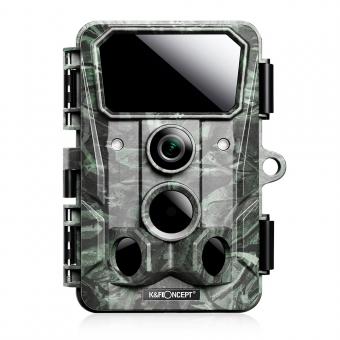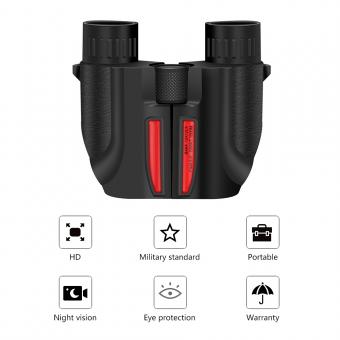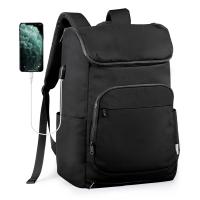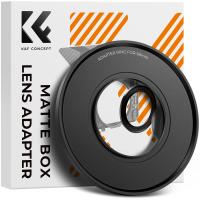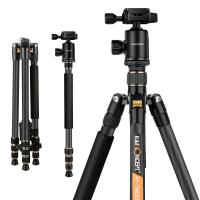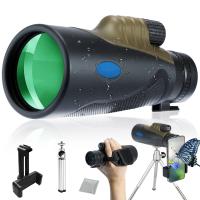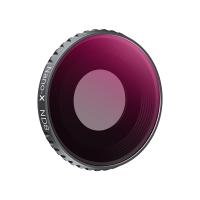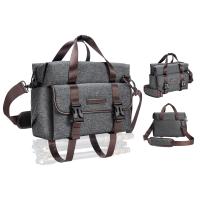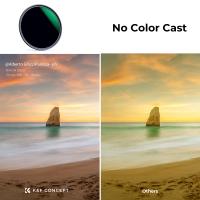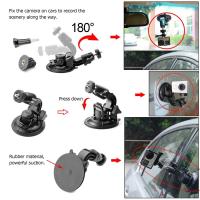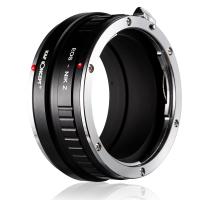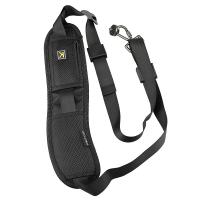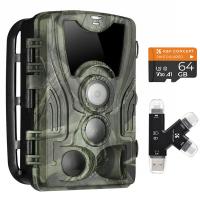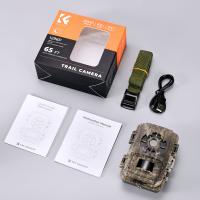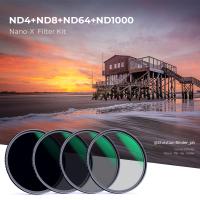What Are The Best Binoculars For Wildlife ?
The best binoculars for wildlife observation depend on personal preferences and specific needs. Some popular options include the Nikon Monarch 7, Vortex Diamondback HD, and Zeiss Terra ED. These binoculars offer high-quality optics, durability, and good magnification for wildlife viewing. It is recommended to consider factors such as lens diameter, field of view, and weight when choosing binoculars for wildlife observation. Additionally, it is important to test different models and brands to find the one that suits individual requirements and provides a comfortable viewing experience.
1、 Optical Power and Magnification
When it comes to choosing the best binoculars for wildlife observation, there are a few key factors to consider. One of the most important aspects is the optical power and magnification of the binoculars.
Optical power refers to the ability of the binoculars to gather light and provide a clear and bright image. Higher optical power generally translates to better image quality, especially in low-light conditions. This is crucial for wildlife observation, as animals are often most active during dawn and dusk.
Magnification, on the other hand, determines how close the subject appears. For wildlife observation, a moderate magnification is usually recommended. Higher magnification may seem appealing, but it can make it difficult to maintain a steady image, especially without the aid of a tripod. Additionally, higher magnification reduces the field of view, making it harder to locate and track moving animals.
The latest point of view in the field of binoculars for wildlife observation suggests that a magnification of 8x or 10x is ideal. These magnifications strike a balance between bringing the subject closer and maintaining a wide field of view. Additionally, advancements in lens coatings and image stabilization technologies have improved the image quality and stability of binoculars, enhancing the overall wildlife observation experience.
Ultimately, the best binoculars for wildlife observation will depend on personal preferences and specific needs. It is recommended to try out different models and brands to find the one that feels comfortable, provides a clear image, and suits your specific wildlife observation requirements.
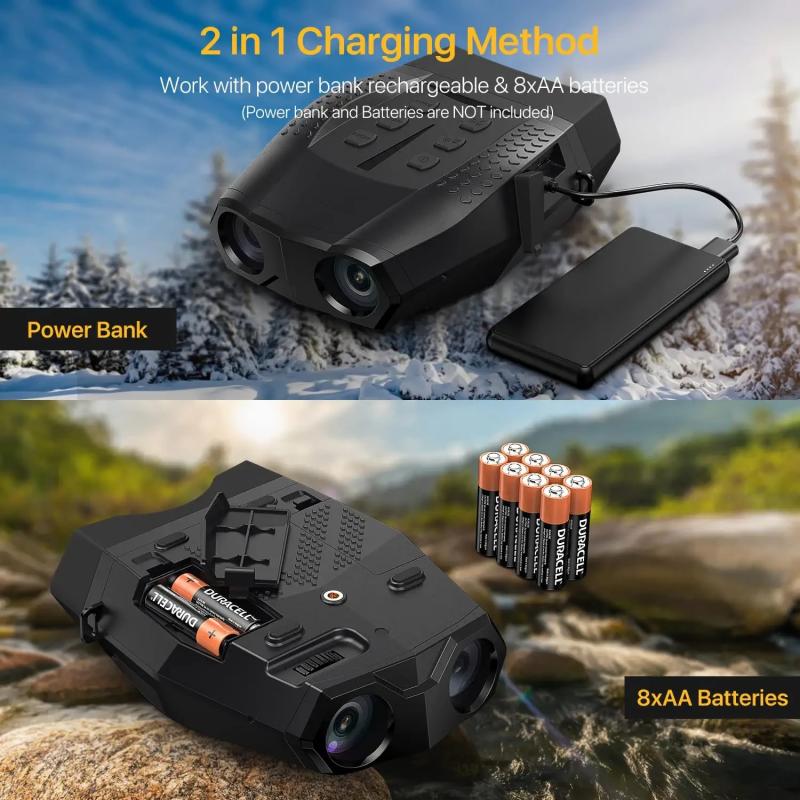
2、 Lens Diameter and Light Gathering Capability
When it comes to choosing the best binoculars for wildlife observation, two important factors to consider are lens diameter and light gathering capability.
Lens diameter refers to the size of the objective lenses at the front of the binoculars. A larger lens diameter allows more light to enter the binoculars, resulting in brighter and clearer images. This is particularly important in low-light conditions, such as early morning or late evening wildlife viewing. A lens diameter of 42mm is often considered a good balance between light gathering capability and portability. However, if you prioritize low-light performance, you may want to consider binoculars with larger objective lenses, such as 50mm or even 56mm.
Light gathering capability is closely related to lens diameter. The larger the objective lenses, the more light they can gather, resulting in brighter images. This is especially beneficial when observing wildlife in dimly lit environments, such as dense forests or during twilight hours. Binoculars with high light gathering capability can provide a clearer view of details and colors, enhancing the overall wildlife viewing experience.
It is worth noting that advancements in lens and prism coatings have significantly improved the light transmission and image quality of modern binoculars. High-quality coatings, such as fully multi-coated or phase-corrected coatings, can enhance the brightness, contrast, and color fidelity of the images, even with smaller lens diameters.
In conclusion, the best binoculars for wildlife observation should have a suitable lens diameter and excellent light gathering capability. Consider your specific needs, such as the lighting conditions in which you will be using the binoculars, and choose a model that offers a good balance between portability and performance. Additionally, keep in mind the latest advancements in lens and prism coatings, as they can greatly enhance the image quality regardless of the lens diameter.

3、 Field of View and Close Focus Distance
When it comes to choosing the best binoculars for wildlife observation, two important factors to consider are the field of view and the close focus distance. These features play a crucial role in enhancing your wildlife viewing experience and allowing you to observe animals in their natural habitat with clarity and precision.
Field of view refers to the width of the area that can be seen through the binoculars at a specific distance. A wider field of view allows you to scan a larger area, making it easier to locate and track wildlife. This is particularly important when observing fast-moving animals or birds in flight. Binoculars with a wider field of view provide a more immersive experience, allowing you to capture the full beauty of the wildlife around you.
Close focus distance is another important consideration, especially for observing small or nearby wildlife. It refers to the minimum distance at which the binoculars can focus clearly. Binoculars with a shorter close focus distance enable you to observe intricate details of plants, insects, or birds that are in close proximity. This feature is particularly useful for birdwatching or observing insects and butterflies.
In terms of the latest point of view, advancements in technology have led to the development of binoculars with wider fields of view and shorter close focus distances. Manufacturers are constantly improving their optics to provide users with a more immersive and detailed viewing experience. Some binoculars now offer wider fields of view, ranging from 400 to 500 feet at 1,000 yards, allowing you to capture more of the surrounding wildlife. Additionally, close focus distances have been reduced to as little as 4 to 6 feet, enabling you to observe even the smallest creatures up close.
Ultimately, the best binoculars for wildlife observation will depend on your specific needs and preferences. It is recommended to try out different models and consider factors such as magnification, lens quality, and ergonomics to find the perfect pair that suits your wildlife viewing requirements.
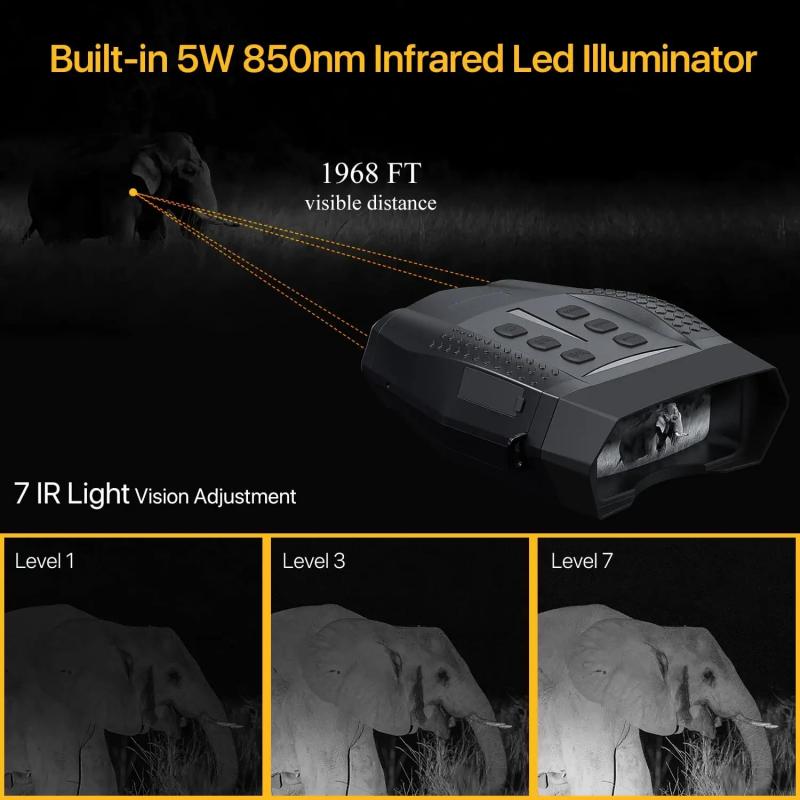
4、 Image Quality and Clarity
When it comes to choosing the best binoculars for wildlife, image quality and clarity are undoubtedly the most important factors to consider. The ability to clearly see and identify distant animals in their natural habitat is crucial for any wildlife enthusiast or nature lover.
In terms of image quality, it is essential to look for binoculars with high-quality lenses and coatings. High-quality lenses, such as those made from extra-low dispersion (ED) glass, can greatly enhance image sharpness and color accuracy. Additionally, binoculars with multi-coated or fully multi-coated lenses can minimize glare and improve light transmission, resulting in brighter and clearer images.
Clarity is equally important, as it allows for better detail and definition of the observed wildlife. Binoculars with a high magnification power, such as 8x or 10x, can provide a closer view of the animals, but it is crucial to balance it with a wide field of view to avoid a narrow and tunnel-like perspective.
The latest advancements in binocular technology have introduced features like image stabilization, which can compensate for hand movements and provide a steadier view. This can be particularly useful when observing wildlife from a distance or in situations where a tripod is not feasible.
Moreover, waterproof and fog-proof binoculars are highly recommended for wildlife enthusiasts, as they can withstand various weather conditions and ensure long-lasting performance.
Ultimately, the best binoculars for wildlife will vary depending on personal preferences, budget, and specific needs. It is advisable to try out different models and brands to find the one that offers the best combination of image quality, clarity, and additional features for an optimal wildlife viewing experience.










